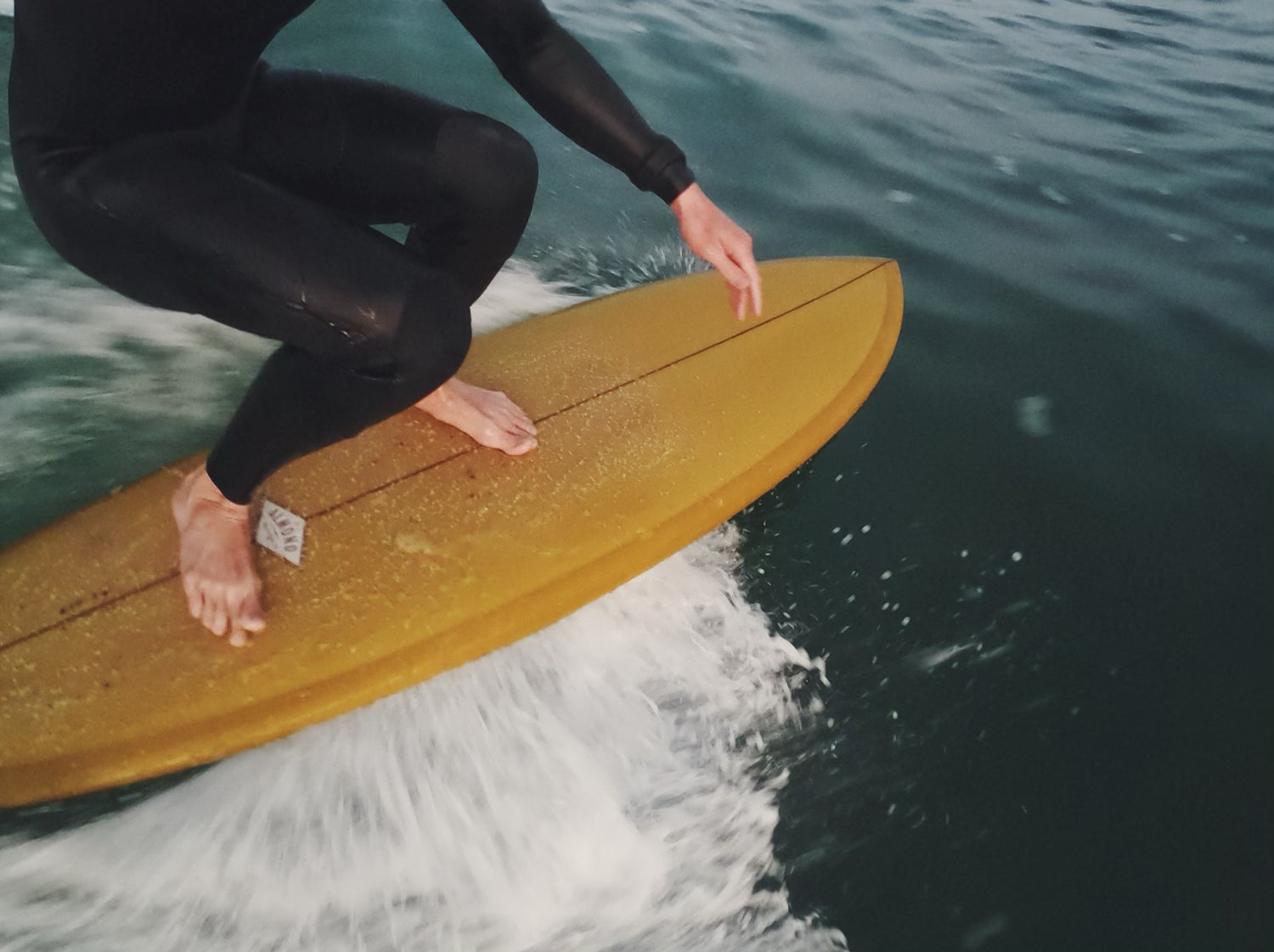
Surfing is an exhilarating sport that combines the raw power of the ocean with the grace and agility of the individual. Whether you are a seasoned surfer or someone just beginning to explore the sport, choosing the right surfboard is crucial to your progression and enjoyment. In recent years, the mid length surfboard has surged in popularity among surfers of various skill levels due to its versatility and balance between manoeuvrability and stability. This article delves into the essentials of selecting the ideal mid-length surfboard to help you conquer the waves with confidence.
Understanding Mid-Length Surfboards
Mid-length surfboards, often referred to as “funboards,” typically range from 6 to 8 feet in length. They strike an appealing balance between the shortboard’s responsiveness and the longboard’s ease of paddling and wave catching. This category of boards usually features a generous volume and width, which aids in wave catching ability while still allowing for relatively easy turning and trimming on the wave face.
Why Choose a Mid-Length Surfboard?
Mid-length surfboards are an excellent choice for both novices and experienced surfers looking to diversify their quiver. Beginners will appreciate the extra stability and paddle power, which are vital for building confidence and wave count. Advanced surfers may use a mid-length board on smaller days or for surfing spots where a longboard seems too cumbersome, yet a shortboard won’t provide enough float.
Factors to Consider When Selecting Your Mid-Length Surfboard
When in the market for a mid-length surfboard, there are several factors to consider ensuring that you find a board that suits your surfing style, skill level, and the typical conditions of your local break. Understanding these elements is the key to making an informed decision.
Shape and Design
The shape of the surfboard will heavily influence how it performs in the water. Mid-length surfboards come in various tail shapes, from rounded pins to squash tails, each offering different characteristics in terms of stability and turning ability. Additionally, the board’s nose shape can affect paddling efficiency and overall wave catching ease.
Construction Materials
Surfboard construction has evolved from traditional foam and fibreglass to include epoxy and even sustainable materials such as bamboo or cork. Each material offers a unique feel and performance aspect. Epoxy boards, for example, are typically lighter and more buoyant, which can be beneficial for a mid-length surfboard.
Volume and Thickness
Volume and thickness are critical elements that contribute to a surfboard’s buoyancy and stability. A higher volume board will generally float better and be more forgiving, which is particularly beneficial for those who are still mastering their surfing technique. However, too much volume can make the board feel bulky and hinder manoeuvrability.
Fin Setup
The fin setup on a mid-length surfboard can significantly impact how it handles in the water. A single-fin setup offers a classic, smooth ride, while multi-fin setups such as thrusters or quads provide increased control and the ability to make sharper turns. Each option has its advantages and will cater to different surfing styles and conditions.
Rocker Profile
The rocker of a surfboard – the curvature from nose to tail – affects how it will navigate the wave. A board with more rocker is more manoeuvrable and better suited for steeper waves, while a flatter rocker provides more speed and is better for flatter, faster-breaking waves. Be sure to consider the types of waves you most often encounter when assessing the rocker of a mid-length surfboard.
Tailoring Your Choice to Your Skills
As you dive into the search for the ideal mid-length surfboard, be mindful of your current level of experience. Beginners should lean towards boards that offer more stability and ease of paddling, while more experienced surfers may look for a board that offers both a challenge and an opportunity to refine their skills in different surf conditions. It’s all about finding the balance between control, performance, and growth potential.
Test Rides and Recommendations
There’s no substitute for personal experience. If possible, try out different mid-length surfboards before making a purchase. Many surf shops offer demo days or rental options, which can be invaluable in determining your preferences. Additionally, seek recommendations from local surfers, surf shop staff, and online forums to gain insights into which boards are well-suited to your local breaks and conditions.
Investing in Versatility
A mid-length surfboard is an investment in versatility. It can serve as a transition board for those moving down from a longboard, a step-up board for those advancing from a shortboard, or simply as a reliable all-rounder. By considering the factors mentioned above and focusing on what will best suit your development as a surfer, a mid-length surfboard can become a cherished addition to your quiver.
Final Thoughts
Mastering the waves requires a combination of skill, patience, and the right equipment. The mid length surfboard is a versatile choice that can enhance your performance and enjoyment of the sport. With a considered approach to the selection process, you’ll be better prepared to succeed on the waves and enjoy your surfing journey. Whether you’re gliding along a gentle point break or trimming down the line of a beach break, a top-quality mid-length surfboard will ensure you make the most of every surfing opportunity.
